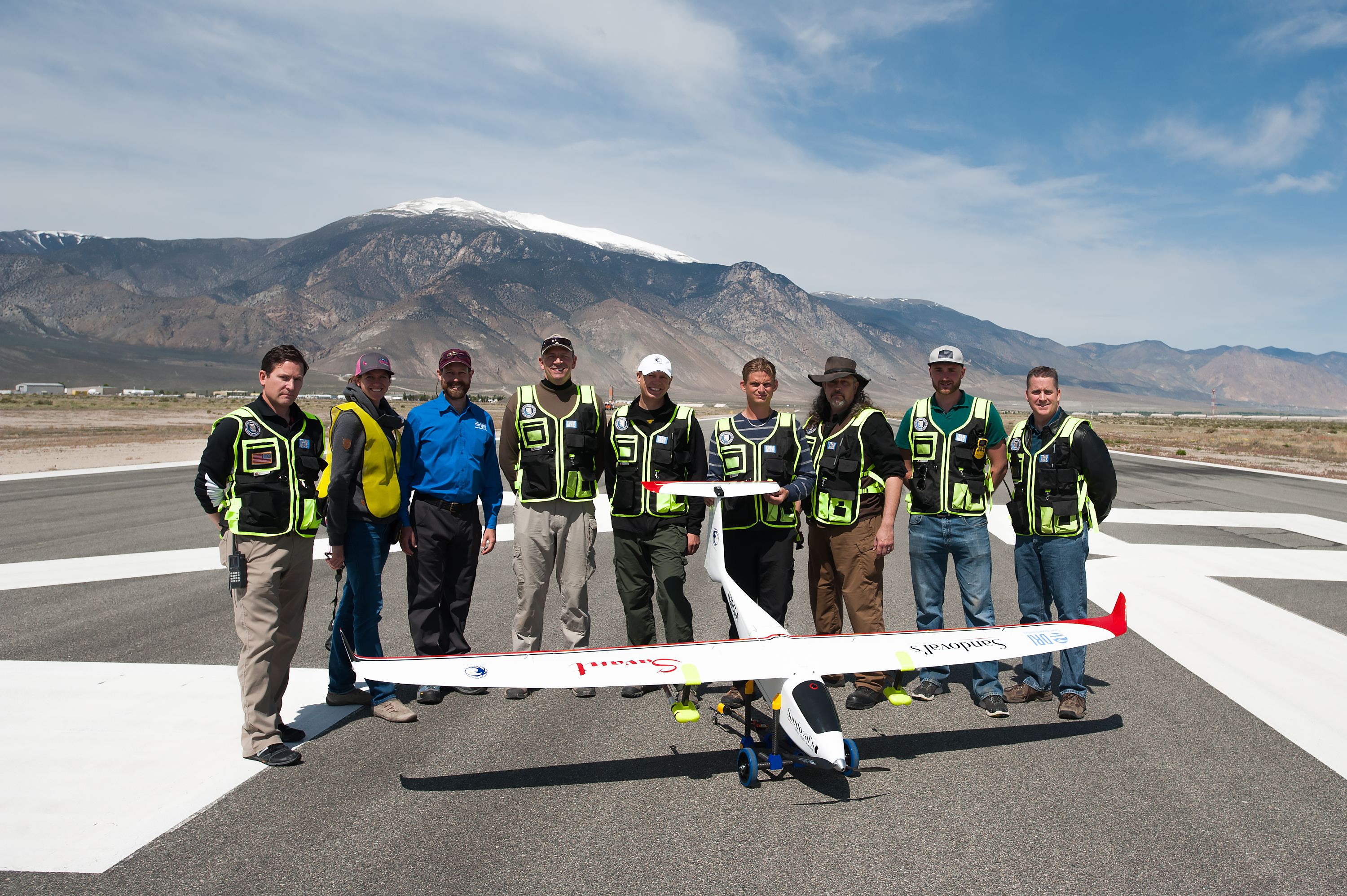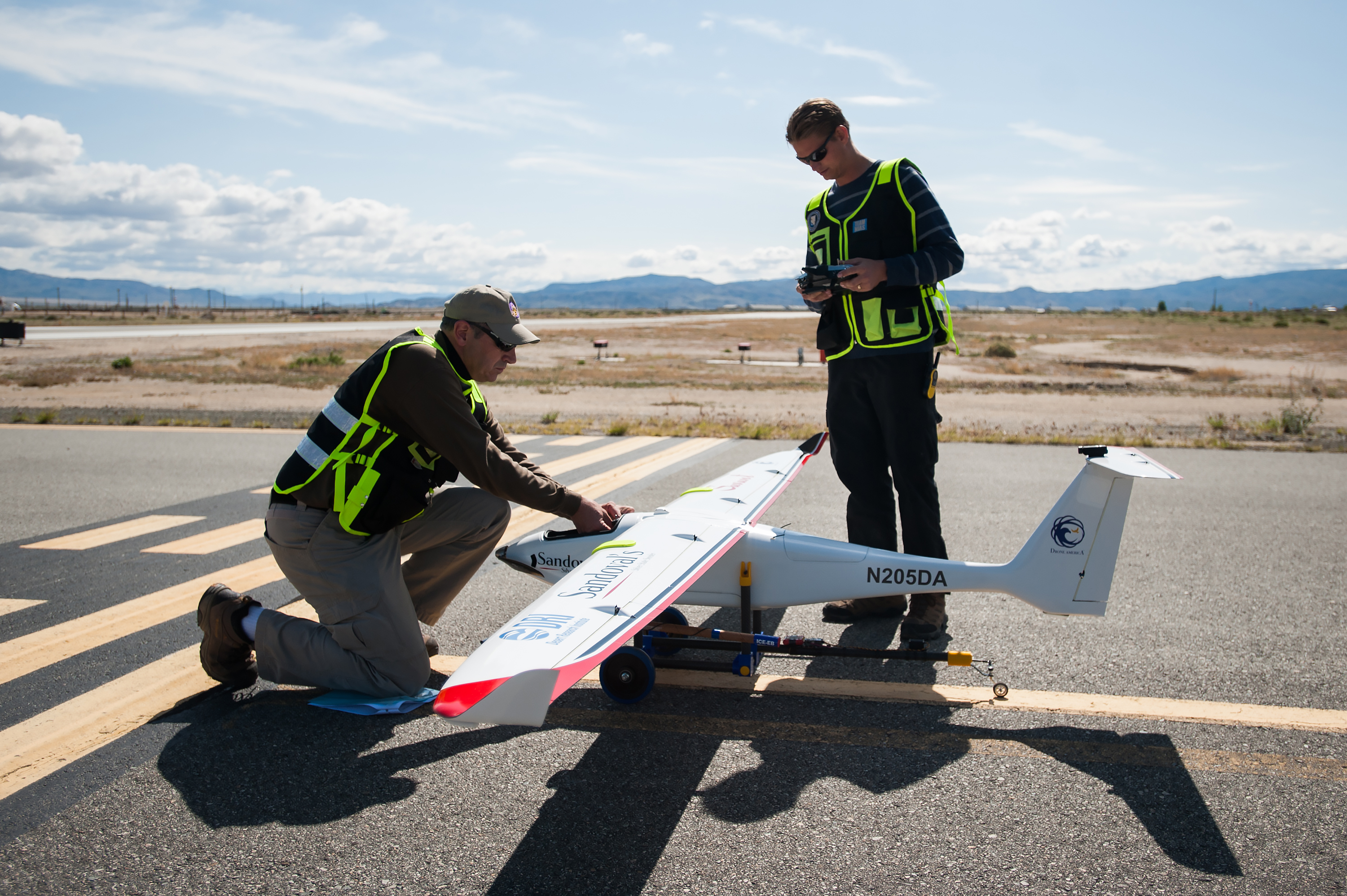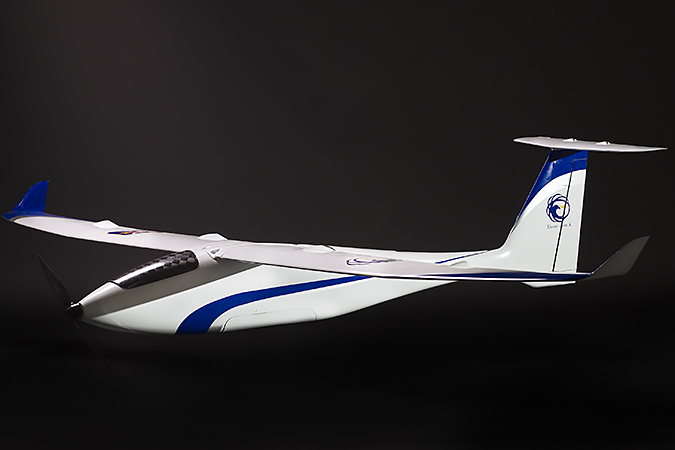The entire mission lasted about 18 minutes, and was completed at the Federal Aviation Administration’s official Unmanned Aircraft Systems test site. Flying at an altitude of about 400 feet, the drone deployed two silver iodide flares to demonstrate its ability to complete unmanned cloud seeding missions. Dispensing silver iodide, which has a crystalline structure similar to that of ice, is an effective way to induce freezing nucleation in clouds, which triggers condensation and encourages clouds to drop some of their moisture.
The drone that completed this first mission has a wingspan of just 11 feet and 10 inches, and weighs less than 55 pounds. This particular UAV was named the Sandoval Silver State Seeder, in honor of Nevada Governor Brian Sandoval’s dedication to the drone industry. The Nevada Governor’s Office of Economic Development poured a sizable amount of funding into the Desert Research Institute’s initiative.
Improved longevity and decreased program costs helped the Desert Research Institute choose the Savant drone for the project: “the Savant is the perfect vehicle to conduct this type of operation due to its superior flight profile, long flight times and its resistance to wind and adverse weather conditions,” said Drone America President and CEO, Mike Richards. With drones like this seeding clouds successfully, we could just weather-modify our way out of drought on the west coast.







